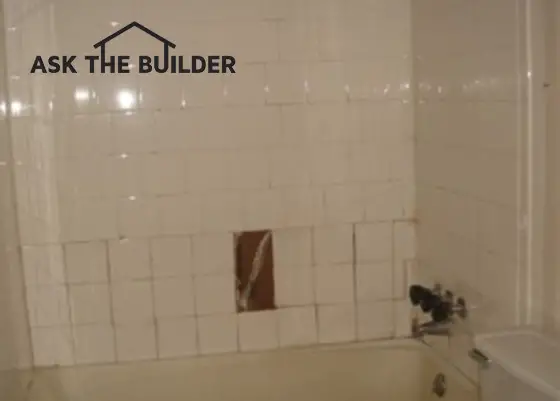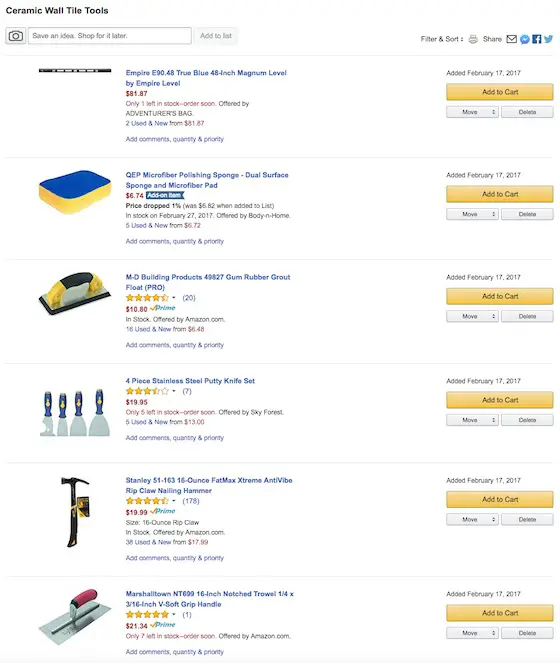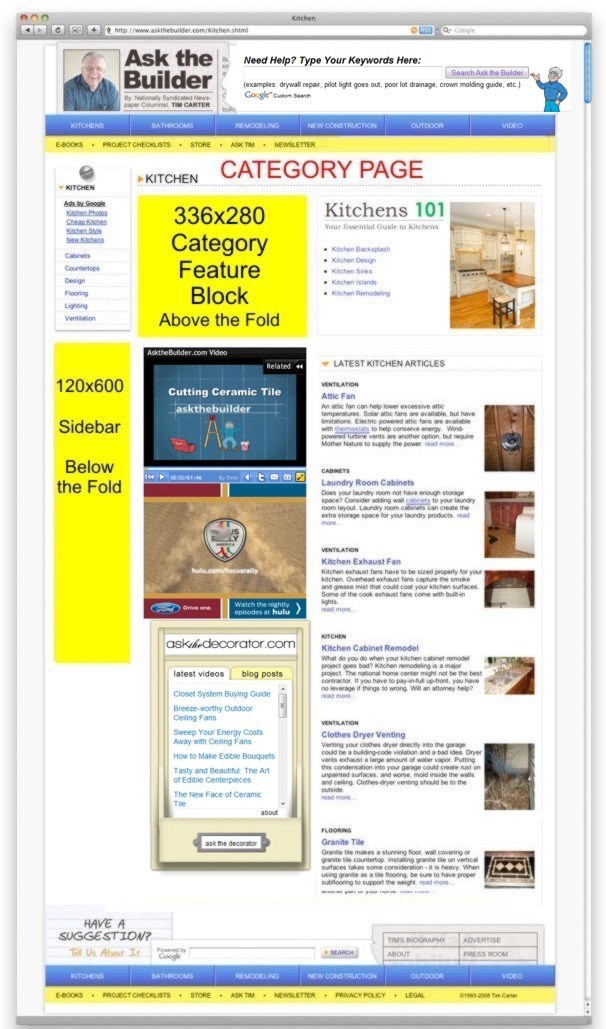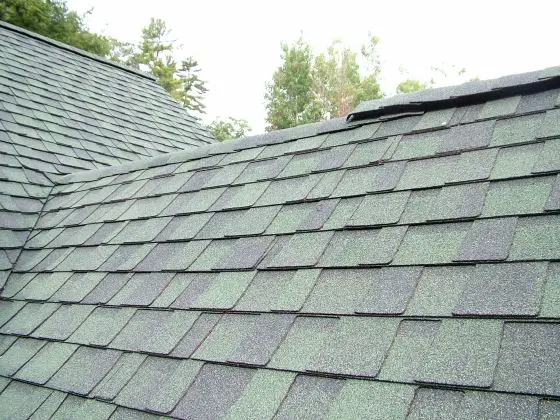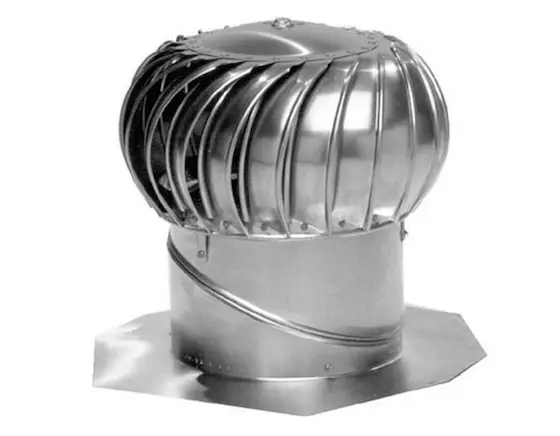Privacy is important to us at Ask the Builder. The following is the Privacy Pledge for this site, which demonstrates our commitment to privacy and security. It is written in simple language, and we ask you to read it through.
Visitors -
We do not collect information on visitors to this site beyond what is ordinarily captured in a web server log. The log information consists of an IP address (which may be used to look up the domain name of the visitor, but no other information about the visitor), and the time of the visit to each page. This information is only used for reporting statistics to the webmaster about traffic to the site, so the performance and effectiveness of the site can be assessed.
Persons who purchase products -
Information submitted by persons who make purchases on this catalog site is used only to fulfill the order. The information given is not shared with third parties except as needed to effect financial transactions, unless such disclosure is required by law or other special cases described below. Ask the Builder may also generate non-identifying and aggregate profiles from information provided (such as the total number of sales, or sale dollar values, but not the names). As explained in more detail below, we may use this aggregated and non-identifying information for advertising purposes. Persons making purchases on the Ask the Builder catalog site also have the opportunity to receive email announcements from us. Email addresses are used only for that purpose, and are not given to anyone else.
Customers with accounts -
Customers who establish accounts on the Ask the Builder site have the same expectation of privacy as described above for purchasers who do not establish an account. That information is not shared with third parties except as needed to effect financial transactions, unless such disclosure is required by law or other special cases described below. Please note that if you set up an account, your credit card information is not retained in that record. You will need to re-enter each time you make a purchase.
Customer Surveys -
We may in the future conduct both business and individual customer surveys. We encourage our customers to participate in these surveys because they provide us with important information that helps us to improve the types of services we offer and how we provide them to you. Your personal information and responses will remain strictly confidential, even if the survey is conducted by a third party. Participation in our customer surveys is voluntary. In the event we do such a survey, we will take the information we receive from individuals responding to our Customer Surveys and combine (or aggregate) it with the responses of other Ask the Builder customers to create broader, generic responses to the survey questions (such as gender, age, residence, hobbies, education, employment, industry sector, or other demographic information). We then use the aggregated information to improve the quality of our services to you, and to develop new services and products. This aggregated, non-personally identifying information may be shared with third parties.
Special Cases -
It is Ask the Builder policy not to use or share the personal information about visitors of vendors in ways unrelated to the ones described above without also providing you an opportunity to opt out or otherwise prohibit such unrelated uses. However, Ask the Builder may disclose personal information about visitors or vendors, or information regarding their use of the service provided by Ask the Builder, if we believe we have a very good reason to do so, including: to satisfy laws, such as the Electronic Communications Privacy Act, regulations, or governmental or legal requests for such information; to disclose information that is necessary to identify, contact, or bring legal action against someone who may be violating our Access Terms; to operate the Services properly; or to protect the Ask the Builder partners and customers.
Cookies -
A "cookie" is a small data file that is placed on your hard drive when you visit certain Web sites. The Ask the Builder site uses cookies to keep track of your shopping cart purchases and return visits to the main Ask the Builder web site. as you go from page to page on the site. The cookie contains only a short random string such as "x8uy9r3". If you are not accepting cookies, the site attempts to track your purchases in another way, but it is not reliable. This cookie ceases to exist when you quit your browser. This site also can set a more permanent cookie (approximately two years) on your browser if you make that choice when submitting your account information. (Actually, there are two cookies, and one contains your userid and the other your password.) That way, you will be automatically logged in when you return.
Advertising Cookies -
You’re able to access all of the pages at AsktheBuilder.com for free because this web site is supported by advertising revenue. Data that we’ve collected over the years via emails we get from site visitors has clearly demonstrated to us that ads on AsktheBuilder.com actually help visitors solve their problems and dilemmas. Ads, in general, are problem solvers. After all, that’s the only reason you’re on the Internet - you’re here to either solve a problem or you’re looking for pleasure. Those are the only reasons people get online.
We use third-party advertising companies to serve ads when you visit our website. These companies may use information (not including your name, address, email address, or telephone number) about your visits to this and other websites in order to provide advertisements about goods and services of interest to you - goods and services that can solve your problems.
Google is one of these third-party vendors, and uses cookies to serve ads on AsktheBuilder.com. Google uses a special DART cookie that enables it to serve ads to you based upon your visit to this site and others that you visit. Since you’re on the Internet to solve problems in your everyday life, this cookie helps by showing you things that are of interest to you.
If you don’t want to have this DART cookie on your computer, you can opt out . We feel you’ll be making a mistake doing that, as you’ll then see random ads that won’t be of much use to you. But life’s full of decisions. It’s time for you to make one. So tell me punk, do you or don’t you want the DART cookie?
Google Analytics -
The Ask the Builder site use Google Analytics, a web analytics tool that helps website owners understand how visitors engage with their website. Google Analytics customers can view a variety of reports about how visitors interact with their website so they can improve it. Google Analytics collects information anonymously. It reports website trends without identifying individual visitors.
Children's Privacy -
Protecting children's privacy is especially important to us. It is our policy to comply with the Children's Online Privacy Protection Act of 1998 and all other applicable laws. We do not collect information on children and do not have Web pages designed for children. We encourage parents to take an active role in supervising children's use of the Internet.
Ask the Builder Commitment to Data Security -
The Ask the Builder On-Line Catalog has security measures in place to protect the loss, misuse, and alteration of the information under our control. The Ask the Builder catalog runs on a server that uses secure mode (SSL) during login and checkout. Thus, passwords and payment information are communicated in encrypted form. Credit card information is always stored in encrypted form.
While we make every effort to ensure the integrity and security of our network and systems, we cannot absolutely guarantee that our security measures will prevent third-party "hackers" from illegally obtaining this information.
Questions About Ask the Builder Practices or This Pledge -
If you have any questions about this Privacy Pledge or the practices described herein, you may contact:
AsktheBuilder.com
100 Swain Road
Meredith, NH 03253
Revisions to This Pledge
Ask the Builder reserves the right to revise, amend, or modify this policy, or our other policies at any time. However, we do not intend to lessen control of your information or compromise your privacy.

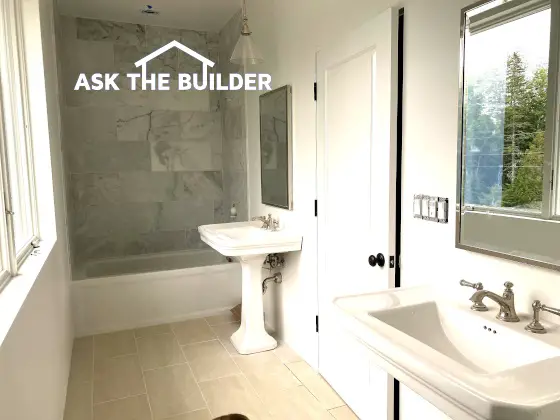
 The past three weeks have been crazy and stressful for me as I am sure they've been for you. I traveled back and forth to Chicago on business, then five days later went from New Hampshire to Mountain View, California and finally this past Sunday night I got back from Chicago from yet another business trip.
The past three weeks have been crazy and stressful for me as I am sure they've been for you. I traveled back and forth to Chicago on business, then five days later went from New Hampshire to Mountain View, California and finally this past Sunday night I got back from Chicago from yet another business trip.